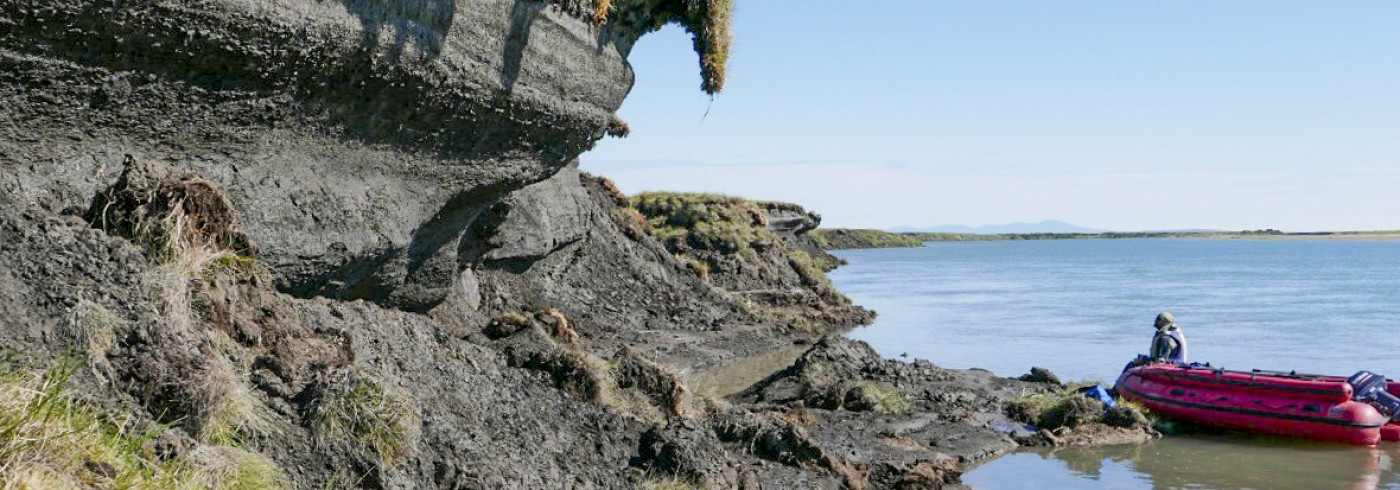This summer Patrícia Pečnerová from The Swedish Museum of Natural History, is going to Wrangel Island. Originally it was a small hill in the Siberian mainland, but about 10,000 years ago when the last Ice Age ended, sea level rose due to temperature rise and it became what we today know as the Wrangel Island.
Patrícia explains that Wrangel Island is a great model system for their project, Arctic Islands, because it allows them to study what happens with species and the Arctic environment once the climate changes. And also how species respond once they get entrapped on small islands, like Wrangel Island.
A good example of such species that they can study, is the woolly mammoth. The mammoth was once a widespread species thorough Eurasia, but rising temperatures punched it towards the northern edge of its range until it eventually became isolated on Wrangel Island. By studying the samples from Wrangel Island, the scientists can look at what was happening with the species after it became isolated and they can make predictions about how species today and in the future, will respond when the temperature changes and the environment changes and one day become fragmented or isolated.
Music:
The stars are out interlude by Dexter Britain

